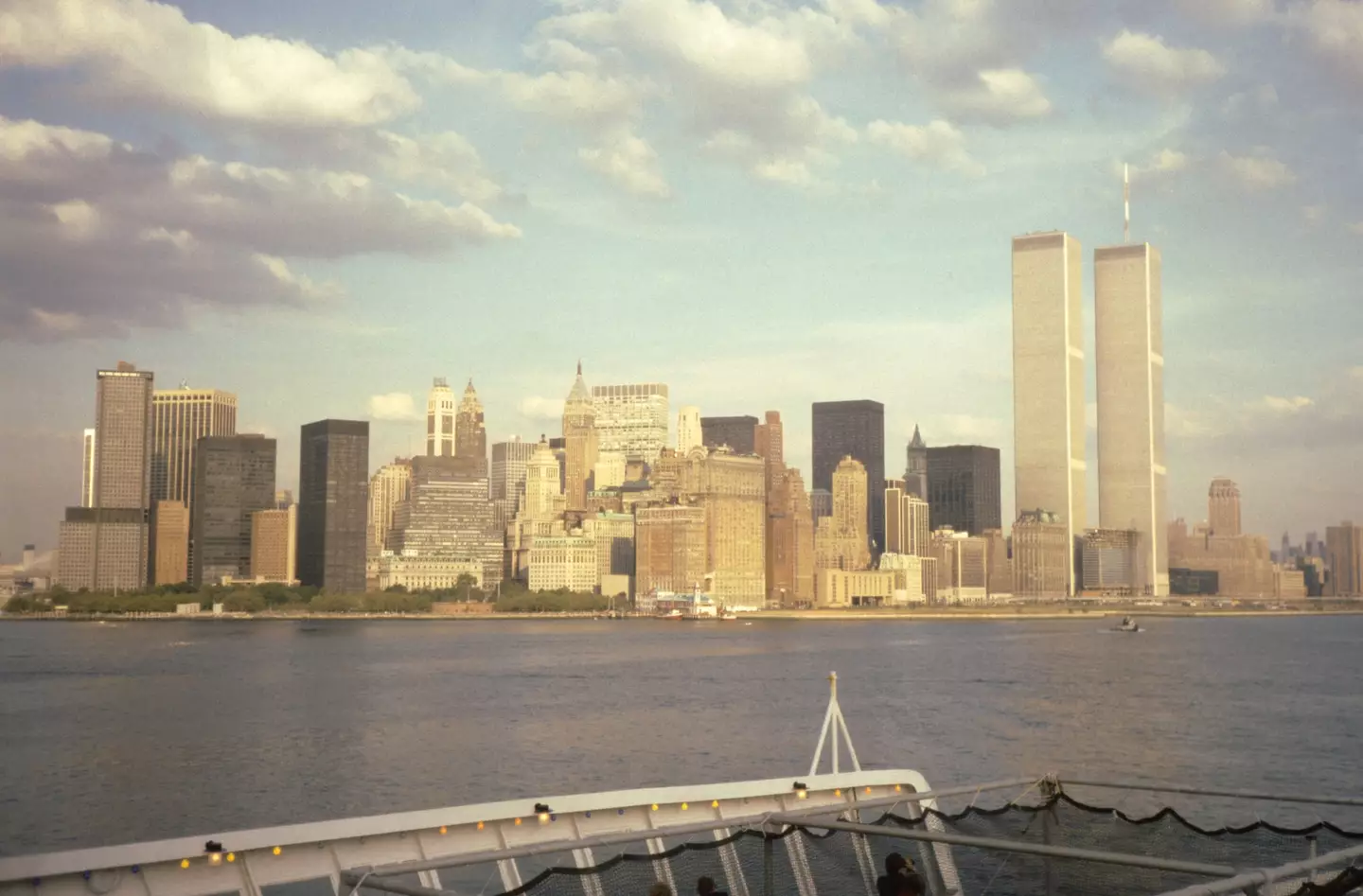In the aftermath of the 9/11 attacks, while New York City was focused on recovery and rebuilding, archaeologists made a surprising discovery at the World Trade Center site. Nearly a decade after the tragic events of September 11, 2001, in 2010, crews excavating the area stumbled upon a massive shipwreck buried beneath the streets of Lower Manhattan.
The Shipwreck Discovery
The discovery of the ship took many by surprise, as it was found about 22 feet below street level—a far cry from the bustling urban landscape above. The wooden vessel, which had been buried for centuries, raised numerous questions: How did it get there? How long had it been hidden under the city? And, most puzzling of all, how did a ship end up in the heart of one of the world’s busiest cities?
The ship’s age was eventually determined through tree-ring dating, a method that analyzes the rings of trees used in the construction of wooden structures. Scientists found that the ship’s wood came from Philadelphia around 1773—a revelation that further deepened the mystery surrounding its presence in Lower Manhattan.
How Did the Ship End Up There?
The site where the World Trade Center was eventually constructed was originally part of the Hudson River when Manhattan was first settled. Over time, as New York’s urban development expanded, the western shoreline of Manhattan moved westward due to landfill and garbage being used to fill in the river. This expansion led to the ship being gradually buried under layers of trash and construction debris, eventually becoming hidden from view under what would later become the World Trade Center complex.

The World Trade Center in 1975 (Smith Collection/Gado/Getty Images)
Experts speculate that the ship might have sank accidentally or as a result of some unfortunate mishap, but its exact fate remains unknown.
The Historic Significance of the Discovery
The discovery of the ship is significant not just for its age, but also for the unique insight it provides into New York’s early history. Archaeologist Molly McDonald described the discovery as an incredible juxtaposition: “It’s such an intense site already based on its recent history, so to be in the midst of this urban, modern, very fraught location, and then to be sitting on what was a river bottom, with clams and fish, and the smell of low tide, was really an amazing juxtaposition.”
The ship’s discovery highlights how much New York City’s landscape has changed over the centuries, and how remnants of its past—sometimes buried beneath layers of development—can still surface in the most unexpected places.
Ongoing Mystery and Research
While the shipwreck has been studied and its timbers dated, many questions about how the ship came to rest beneath the World Trade Center site remain unanswered. The ship’s role in the development of New York’s waterfront and its connection to the city’s early maritime history adds a fascinating layer to the ongoing exploration of Lower Manhattan’s transformation.
The discovery not only provided a glimpse into the past but also served as a reminder of how the city has evolved and adapted over centuries, constantly reshaping its identity while still carrying the weight of its history.
Featured Image Credit: Spencer Platt/Getty Images

